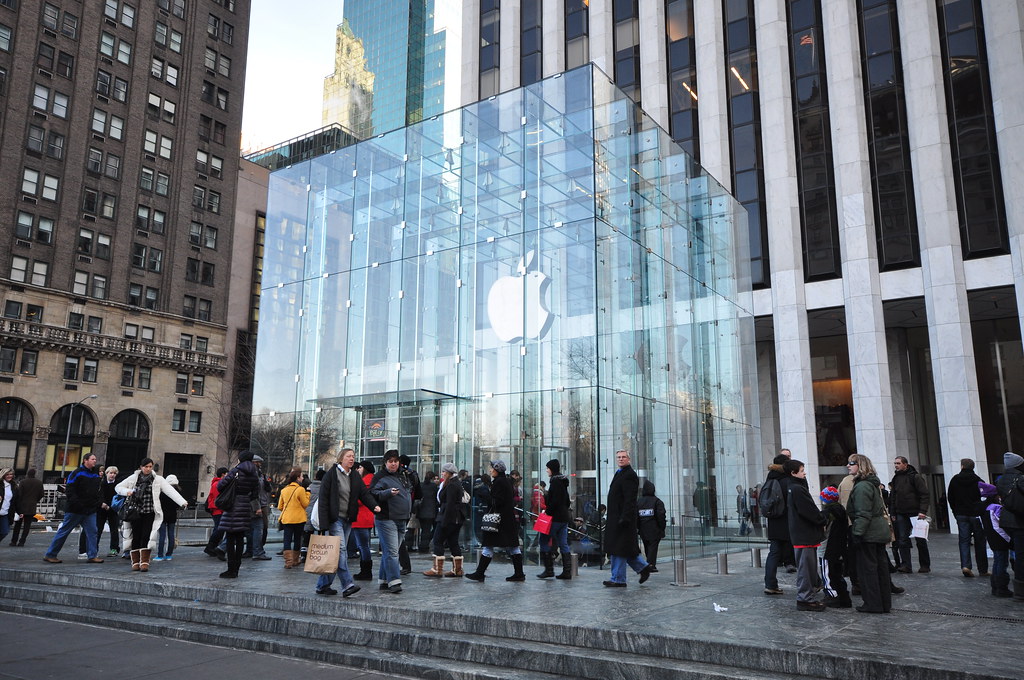
Apple Stores all around the United States were exceptionally packed with customers over the weekend. The foot traffic was like the crush of typical holiday shopping foot traffic. This influx of shoppers comes as anxiety mounts over impending tariffs on iPhones and other products imported from key manufacturing locations like China, Vietnam, and India.
Just take a look at how Apple is actively moving its manufacturing out of China. This decision brings in immediate relief to shifting trade policies and increasing economic pressures. With nearly 90% of all iPhones assembled in China, the company is especially vulnerable to any tariff escalation. Beginning April 9th, tariffs on units imported from China will increase to 54%. In comparison, units from Vietnam and India will face much lower rates of 46% and 26%, respectively.
Retail Workers Report Surge in Pricing Inquiries
As the demand surged, retail employees testified that almost every customer asked what the prices would be going up to. As one retail worker put it, “It seemed like every customer wanted to know if prices were going to increase in the near future.”
In reaction to those unfounded tariffs, Apple has moved to get ahead of the situation. In late March, the company unexpectedly chartered five cargo planes full of iPhones and other products. These planes were flown in from India and China. This combined effort is meant to strengthen inventory levels in advance of the tariff taking effect. Experts however caution that even with all these India-made iPhones flooding in, Apple will meet just 50% of the U.S. demand at best. The sheer size of the tariffs makes this a daunting task.
Apple still hasn’t made clear whether it’s going to hike prices on its devices. Even more speculation is mounting that the top-tier iPhone could now jump to a jaw-dropping $2,300 if the planned tariffs go into effect. Unsurprisingly, consumers are worried with all this pricing uncertainty. That worry is motivating them to rush into stores and make purchases ahead of any future price increases that may come.
Apple’s U.S. warehouses have been stocked with shipments for several months, providing a buffer against the immediate impact of the tariffs. As the anticipated release of the iPhone 17 approaches in September, Apple will need to navigate these tariff challenges carefully.
President Donald Trump has threatened to further increase tariffs on Chinese goods from 54% to 104% if China does not retract its own retaliatory measures. And international trade relations continue to be fraught. Apple’s strategy to move production and micromanage supply chains will determine if the market remains stable.
What The Author Thinks
Apple’s efforts to mitigate the effects of tariff hikes through increased production in Vietnam and India, along with stockpiling, show the company’s proactive approach to dealing with shifting trade policies. However, the uncertainty surrounding pricing and tariffs creates a volatile market for consumers and businesses alike. Apple’s ability to manage its supply chain effectively and navigate potential price hikes will be critical in maintaining consumer trust and ensuring continued market stability.
Featured image credit: Jorge Láscar via Flickr
Follow us for more breaking news on DMR
